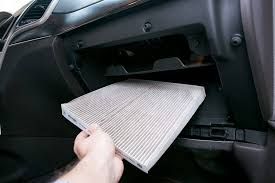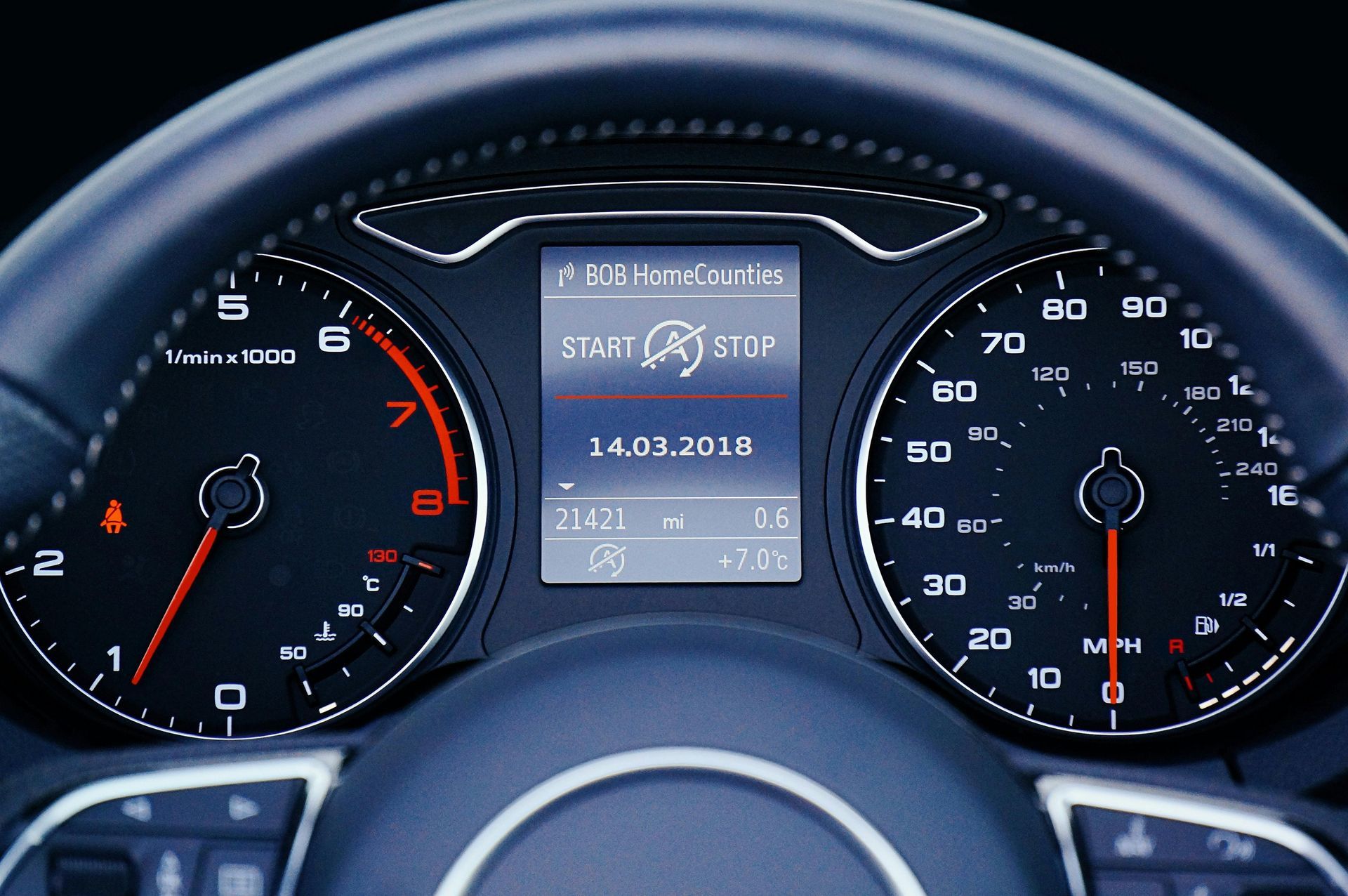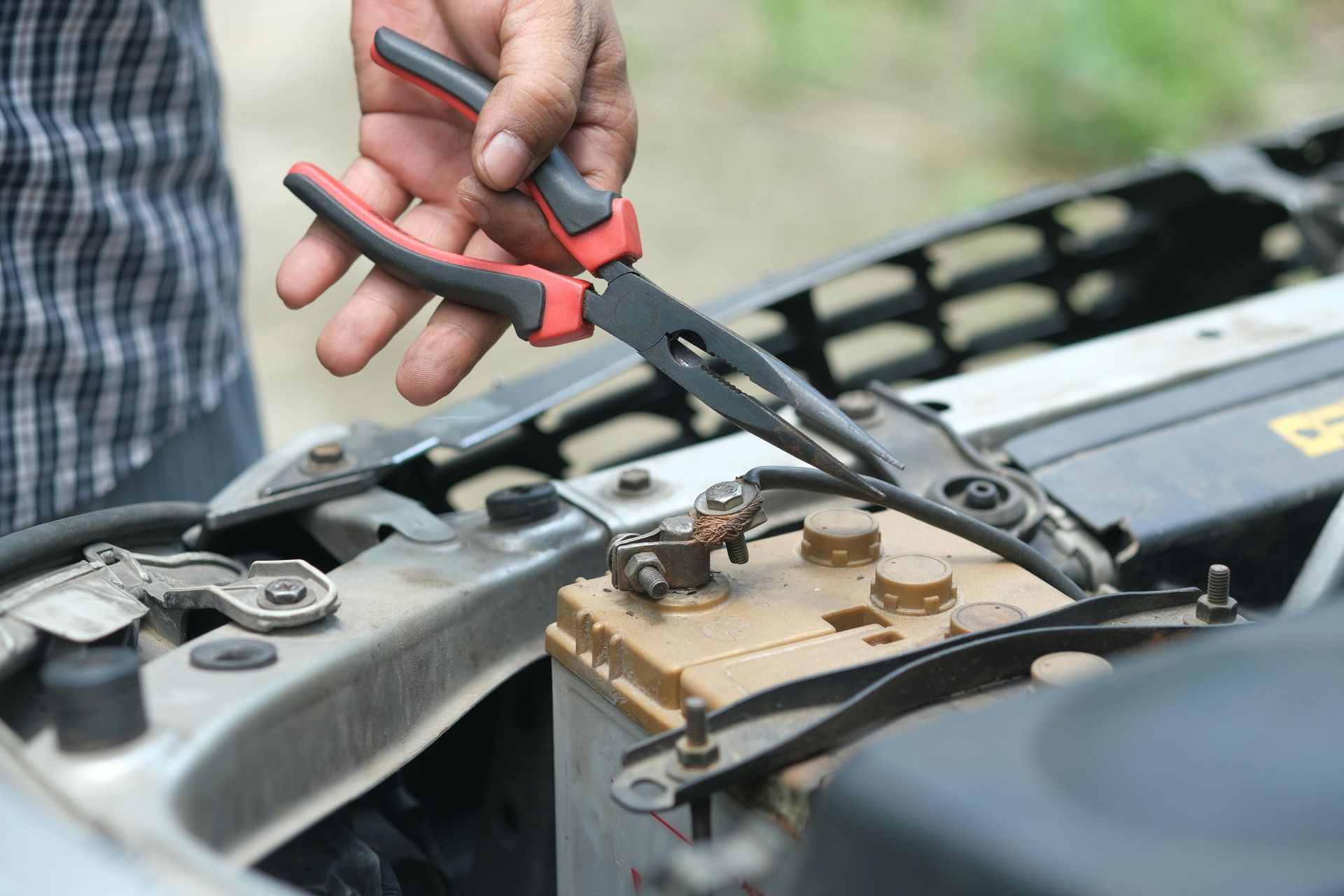10 Signs Your Fleet Vehicles Need Immediate Service
Managing a fleet of vehicles comes with its unique set of challenges and responsibilities. Regular maintenance and timely repairs are crucial to keep your fleet running smoothly and avoid unexpected breakdowns. At Lariat Automotive in Duluth, MN, we understand the importance of keeping your fleet in top condition. Here, we highlight ten critical signs that indicate your fleet vehicles need immediate service.
1. Unusual Engine Noises
Strange sounds coming from the engine, such as knocking, clicking, or hissing, can indicate various issues. These noises could signal anything from worn-out components to serious engine problems. It’s essential to address these sounds promptly to prevent further damage. At Lariat Automotive, our expert technicians can diagnose and fix these issues, ensuring your fleet remains operational.
2. Warning Lights on the Dashboard
Dashboard warning lights are designed to alert you to potential problems. Ignoring these lights can lead to more severe issues down the line. Whether it's the check engine light, oil pressure warning, or battery alert, bring your vehicle to Lariat Automotive in Duluth, MN, for a thorough inspection and necessary repairs.
3. Poor Fuel Efficiency
A sudden drop in fuel efficiency is a clear sign that something is wrong. It could be due to a range of issues, from engine problems to tire pressure. Regular maintenance at Lariat Automotive can help identify and resolve these problems, improving your fleet's fuel economy and saving you money in the long run.
4. Brake Issues
Brakes are one of the most critical safety components of any vehicle. If your fleet vehicles experience squeaking, grinding noises, or a spongy brake pedal, it’s time to get them checked. Our team at Lariat Automotive is skilled in diagnosing and repairing brake systems, ensuring your fleet’s safety on the road.
5. Transmission Problems
Transmission issues can be costly if not addressed promptly. Signs of transmission trouble include slipping gears, delayed acceleration, or strange noises when shifting. Lariat Automotive in Duluth, MN, offers expert transmission services to keep your fleet running smoothly.
6. Excessive Exhaust Smoke
Excessive or unusual exhaust smoke can indicate several issues, including engine problems or fuel system malfunctions. Different colors of smoke (blue, white, or black) can help diagnose the problem. Bring your vehicle to Lariat Automotive for a comprehensive inspection and repair.
7. Steering Difficulties
If your fleet vehicles have become difficult to steer or you notice vibrations in the steering wheel, it’s crucial to address these issues immediately. These symptoms can indicate problems with the steering system, suspension, or tires. Our experienced mechanics at Lariat Automotive can pinpoint the issue and restore your vehicles' handling and safety.
8. Fluid Leaks
Fluid leaks are a sign that something is wrong. Whether it’s oil, coolant, transmission fluid, or brake fluid, leaks should never be ignored. Our team at Lariat Automotive in Duluth, MN, can identify the source of the leak and perform the necessary repairs to keep your fleet in optimal condition.
9. Tire Wear and Damage
Regular tire inspections are essential for fleet safety and performance. Uneven tire wear, bald spots, or frequent flats are signs that your tires need attention. At Lariat Automotive, we offer tire services, including rotations, alignments, and replacements, to ensure your fleet vehicles have a safe and smooth ride.
10. Suspension Issues
A rough ride or noticeable sagging in one corner of the vehicle can indicate suspension problems. These issues can affect the handling and safety of your fleet. Our experts at Lariat Automotive can assess and repair suspension systems, ensuring your fleet vehicles remain stable and safe on the road.
Why Choose Lariat Automotive for Your Fleet Service Needs?
At Lariat Automotive, we pride ourselves on providing top-notch service for fleet vehicles in Duluth, MN. Our experienced technicians use state-of-the-art equipment to diagnose and repair a wide range of issues. We understand the importance of keeping your fleet on the road and offer timely, reliable service to minimize downtime.
By staying vigilant for these signs and addressing them promptly, you can keep your fleet vehicles in excellent condition, ensuring safety and reliability. If you notice any of these warning signs in your fleet, don’t hesitate to contact Lariat Automotive. We’re here to help you maintain your fleet and keep your business running smoothly.


Follow us
Lariat Automotive
Services
Follow us
Lariat Automotive
5142 Rice Lake Rd, Duluth, MN 55803, United States of America
Mon - Fri 7:00 AM - 5:00 PM
© 2024 Business Name. All Rights Reserved | Website managed by Shopgenie












